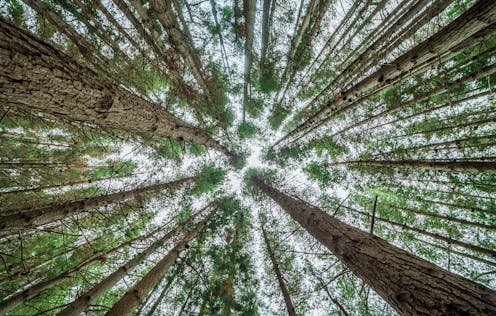how New Zealand could reduce emissions faster and rely less on offsets to reach net zero
- Written by David Hall, Senior Lecturer in Social Sciences and Public Policy, Auckland University of Technology

Past reports by the Intergovernmental Panel on Climate Change (IPCC[1]) had an otherworldly feel. The onset of climate change, let alone the low-emissions transition, seemed abstract and far away.
The current assessment cycle sounds and feels in media res, in the midst of things. The IPCC’s earlier report on climate impacts[2], released in February, confirmed impacts of climate change are already upon us. This week’s follow-up on climate mitigation[3] confirms the transition to net zero is underway, however inadequately.
Read more: IPCC says the tools to stop catastrophic climate change are in our hands. Here's how to use them[4]
The complaint that “we have done nothing on climate change” is untenable. The report estimates existing policy instruments have avoided global emissions of at least 1.8 gigatonnes per year. Consequently, the worst-case scenarios are ever less likely[5]. This is a timely reminder of our collective agency, a reminder that we can act deliberately as a global community to reduce gross emissions.
And further progress is on the horizon. The report highlights how recent political and technological developments, especially the plunging costs of renewable energy and stronger public support for climate action, have “opened up new and large-scale opportunities for deep decarbonisation”.
However, these achievements are still insufficient. While global emissions are rising at a slower rate, they are nevertheless rising. Current policy commitments only barely put us on track for an eventual plateauing of emissions by 2050. They imply global warming of 2.4℃ to 3.5℃ by 2100, a disastrous outcome.

















